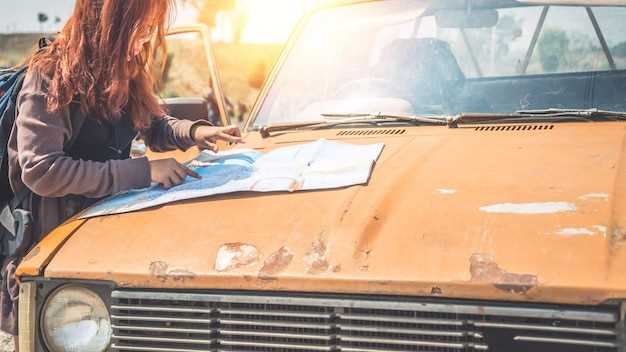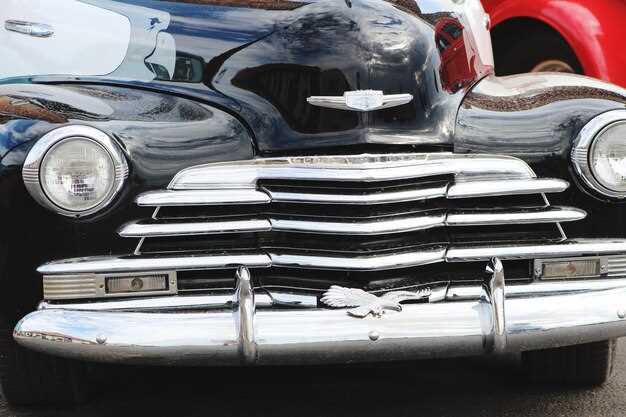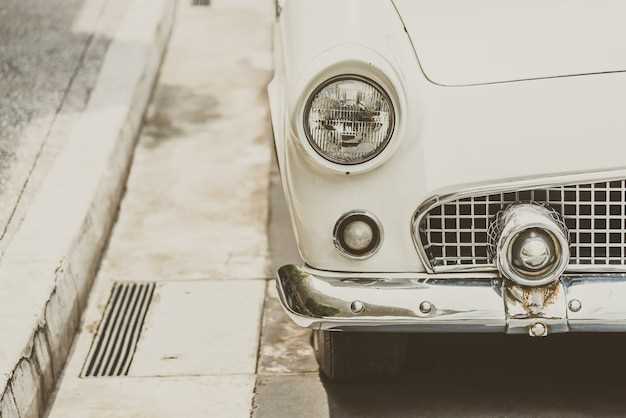
Transporting classic cars presents unique challenges that require careful planning to ensure they arrive at their destination in pristine condition. Many automobile enthusiasts often underestimate the complexities involved in transporting these valuable vehicles. Understanding typical mistakes can save time, money, and potential damage to cherished cars.
One common error is neglecting to research the best transport methods suitable for classic vehicles. Standard transportation techniques may not provide the necessary protection against elements and road hazards. Enthusiasts should prioritize specialized transport services that cater specifically to vintage cars, offering enclosed trailers and experienced drivers familiar with the nuances of handling these treasured automobiles.
Another mistake is insufficient preparation of the car before transport. Failing to document existing conditions, removing personal items, or overlooking fluid checks can lead to complications during transit. Properly preparing a vintage car helps to ensure it arrives safely and in the same condition it was in before transport. By recognizing these pitfalls, collectors can enhance their experience and maintain the integrity of their beloved classic vehicles.
Neglecting Proper Preparation Before Transporting

One of the most critical errors made when transporting classic cars is neglecting adequate preparation. Proper preparation is essential to ensure that vintage vehicles are well-protected during transit, safeguarding them from potential damage. Many owners underestimate the importance of inspecting their cars prior to transport, which can lead to complications and costly repairs.
Prior to transport, it is vital to conduct a thorough inspection of the vehicle. Check for any existing damage, loose parts, and fluid leaks. Documenting the condition of the classic car with photographs can prove invaluable in case any issues arise during transport. Additionally, securing any loose components and removing fragile items can prevent unforeseen mishaps that could harm the vehicle.
Another common oversight is failing to communicate specific instructions to the transport company. Classic cars often have unique handling requirements. It is crucial to inform the transporter about any special considerations, whether it’s a specific loading method or the need for enclosed transport to protect the vehicle from environmental factors.
Moreover, ensuring that the vehicle is adequately fueled and that the battery is charged can facilitate a smoother loading and unloading process. A drained battery or an empty gas tank may lead to delays and unnecessary challenges during transport. Ultimately, prioritizing proper preparation is essential for the safe and successful transport of vintage cars, avoiding potential damage and ensuring peace of mind for the owner.
Using Inappropriate Transport Methods for Classic Cars
Transporting classic cars requires careful consideration to avoid serious errors that could damage these valuable vehicles. One of the most common mistakes is using transport methods that are not suited for vintage automobiles. For instance, using open trailers may expose classic cars to dust, debris, and the elements during transit, which can lead to scratches, rust, or other damage.
Additionally, improper securing techniques can result in movement during transportation, causing misalignment or structural damage to the car. Vintage vehicles often have delicate components, and they should be handled with the utmost care when being loaded and secured. A lack of specialized equipment can also compromise the safety of the car, making traditional flatbed trucks less than ideal for transporting classic models.
Choosing companies without experience in classic car transport can further exacerbate these issues. These operators may not understand the unique requirements for securing and protecting vintage cars, leading to potential mishaps. It is crucial to select transport services that specialize in classic and vintage vehicles to ensure a safe and secure journey.
Moreover, neglecting to inspect the transport vehicles beforehand can lead to unforeseen problems. Issues such as inadequate weight capacity or poor suspension can impact the safety of the classic car being transported. By avoiding these common transport method errors, owners can better protect their classic cars and ensure they arrive at their destination in pristine condition.
Overlooking Insurance and Documentation Requirements

Transporting vintage cars, especially classic models, requires careful attention to insurance and documentation. One of the most common errors is neglecting to secure appropriate insurance coverage for the vehicle during transit. Classic cars often have a higher value than standard vehicles, and without adequate coverage, owners risk significant financial loss in case of damage or theft. It is essential to verify that the transport company offers insurance that covers the full value of the car, as well as any additional liabilities.
Additionally, proper documentation is crucial when transporting vintage vehicles. Owners often underestimate the importance of having the right papers in place, such as title documents, registration details, and any historical paperwork that may be required. Failing to provide these documents can lead to delays in transport or even legal complications. Ensuring that all necessary paperwork is organized before the transport process begins can help avoid unnecessary errors and streamline the entire operation.
Transporting classic cars is not just about physical relocation; it’s equally about safeguarding the investment. Therefore, proper insurance and comprehensive documentation are fundamental components that should never be overlooked. Taking these precautions can prevent costly mistakes and ensure that the transport process unfolds smoothly.

